Fish
Fish play a vital role in helping us assess the health of streams. By studying fish communities over time, scientists can learn a lot about the past and present state of streams. For example, too much sediment and pollution can harm sensitive fish species and cause physical problems for fish. Their presence and behavior act as important indicators of stream health, providing valuable insights about the health of the stream and its chemical, physical, and biological conditions. In Montgomery County, we classify fish into three groups based on how well they can live in different types of water:
- Highly Sensitive fish are only able to survive in the county's highest quality streams.
- Sensitive fish can survive and sometimes thrive in areas that receive minor pollution.
- Pollution Tolerant fish live in most streams in the county, but they are the only fish that can survive in heavily polluted waters.
Highly Sensitive
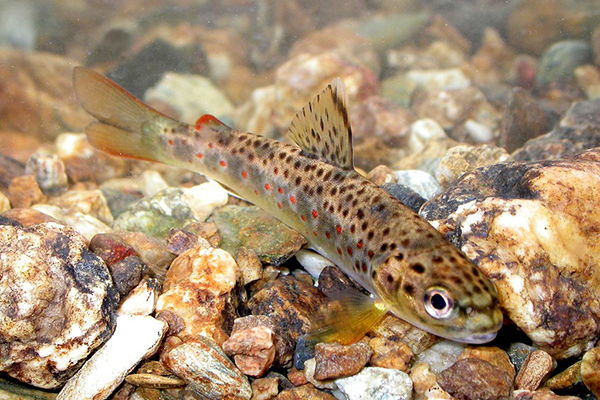 Brown Trout
Brown Trout 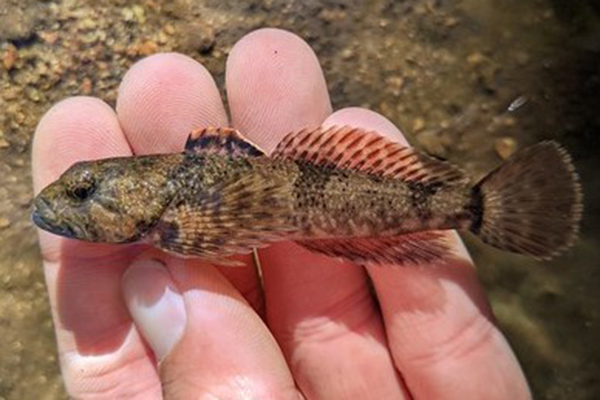 Blue Ridge Sculpin
Blue Ridge Sculpin 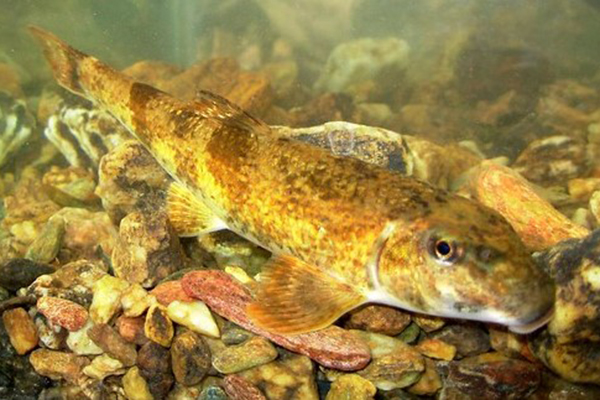 Northern Hogsucker
Northern Hogsucker Sensitive
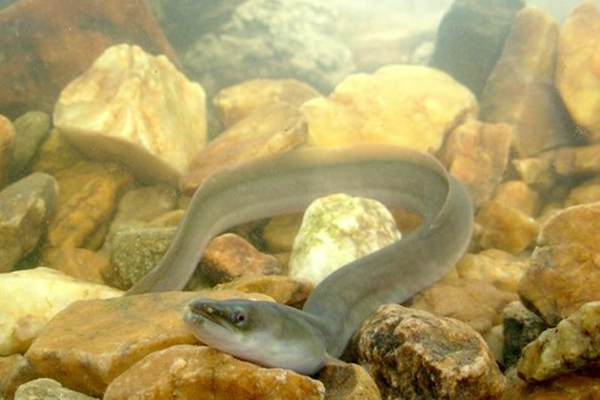 American Eel
American Eel 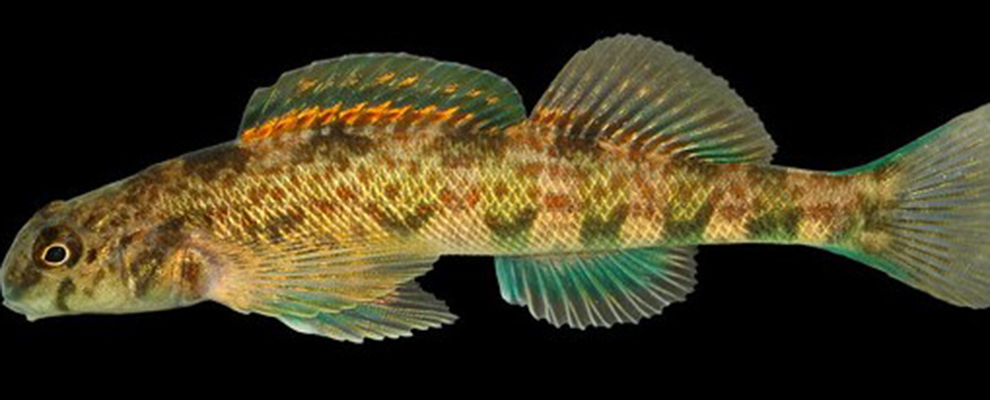 Greenside Darter
Greenside Darter 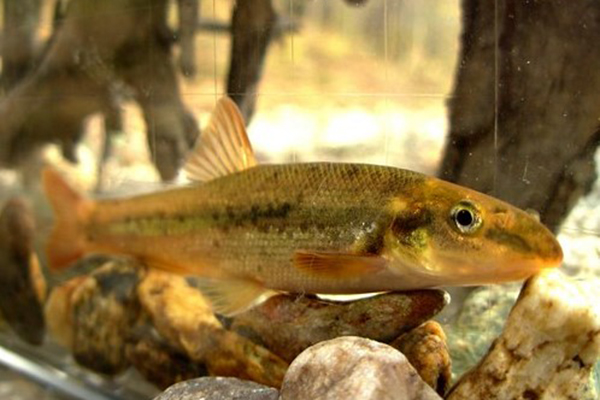 Longnose Dace
Longnose Dace 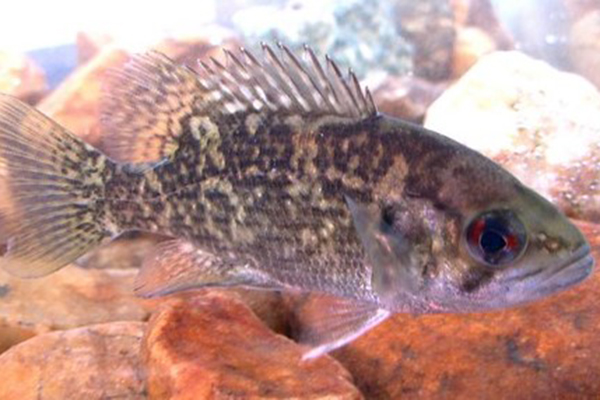 Rock Bass
Rock Bass  Rosyside Dace
Rosyside Dace 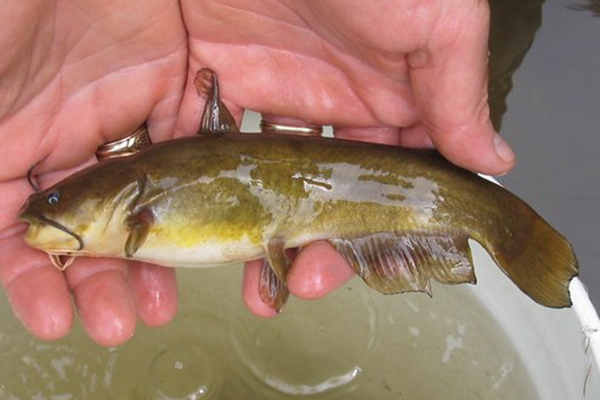 Yellow Bullhead
Yellow Bullhead Tolerant
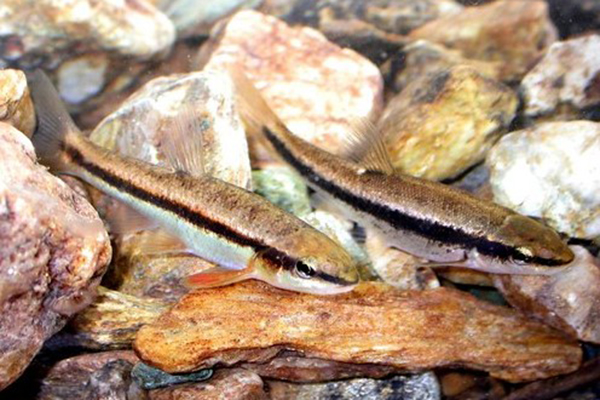 Blacknose Dace
Blacknose Dace 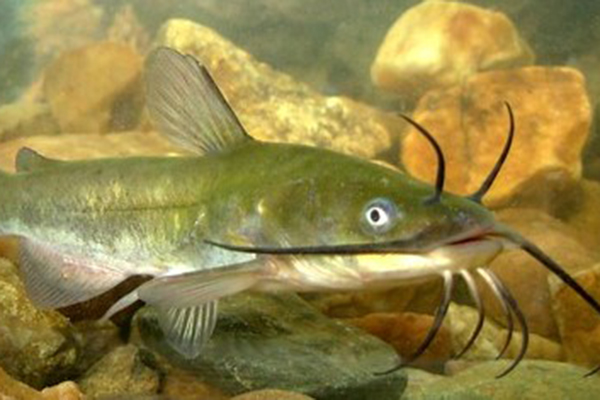 Brown Bullhead
Brown Bullhead 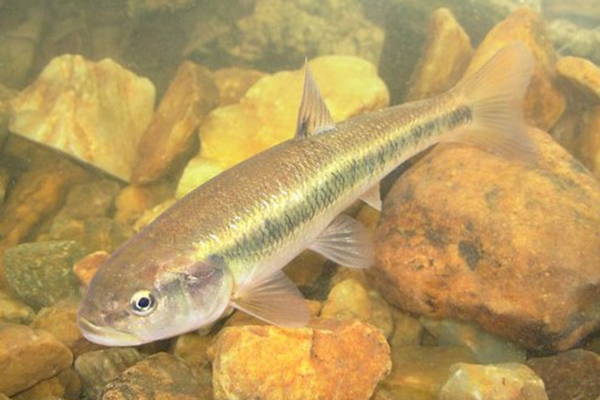 Creek Chub
Creek Chub 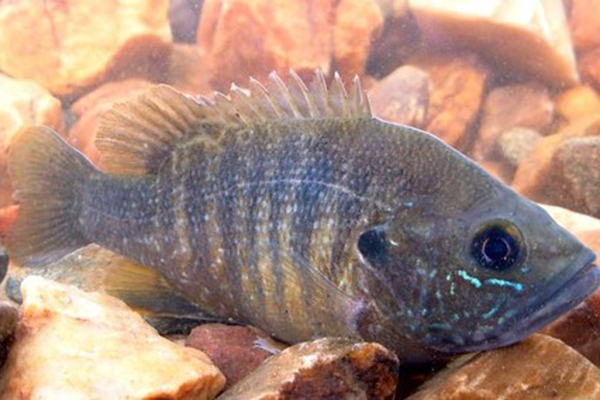 Green Sunfish
Green Sunfish  White Sucker
White Sucker Monitoring Fish
The Department of Environmental Protection utilizes electrofishing to study the diversity, population size, and health of fish in streams. Electrofishing involves the use of a small electrical current to temporarily stun the fish, allowing DEP biologists to capture and examine them. Once identified and studied, the fish are safely released back into their natural environment, contributing to our understanding of stream ecosystems.
Fish Identification
Electrofishing
Data Request
Interested in DEP monitoring data?
Contact DEP at [email protected] to request the various data sets the County collects, including our fish data.